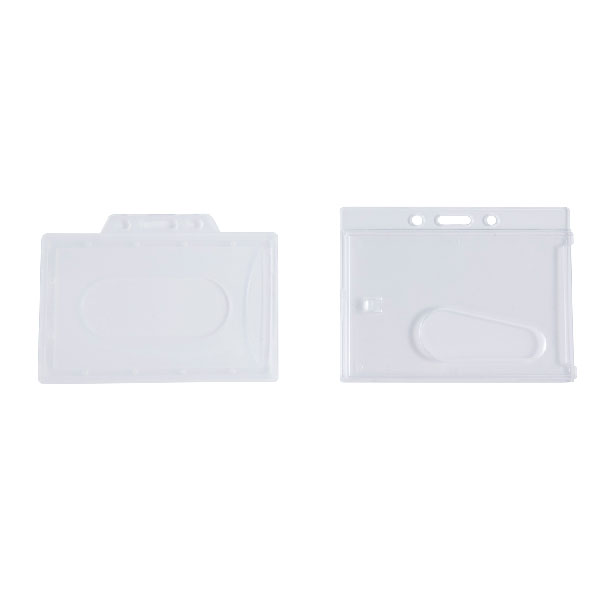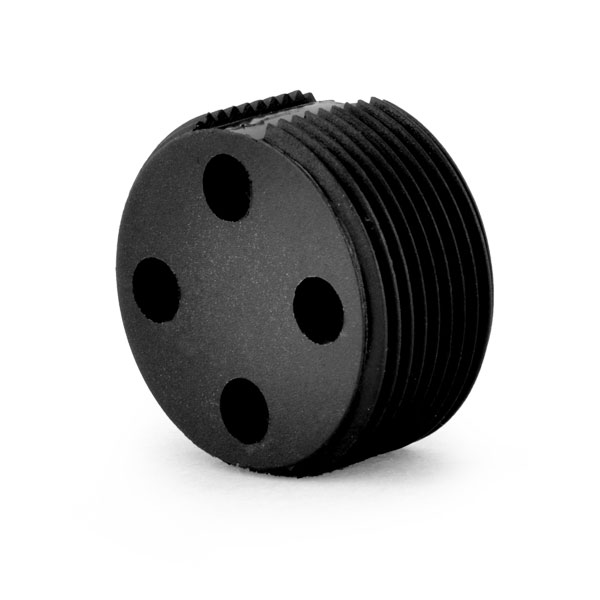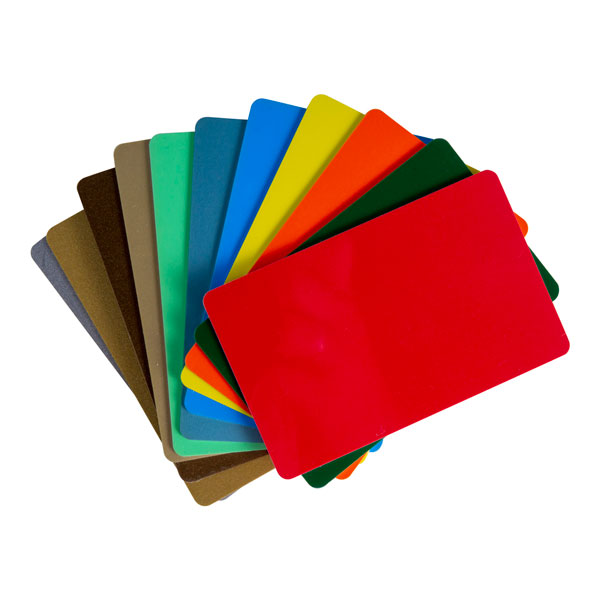If you don't know much about asset tracking, in this short article, you can get some basic knowledge of asset tracking.
Asset tracking is the process of tracking company physical assets and their information (location, status, expiration date, etc.) through the Internet of Things technology. Depending on your business, physical assets may refer to different types of equipment, such as IT equipment, tools, or vehicles. Asset tracking is often compared to asset management.
The ultimate goal of asset tracking is simple: to save time and money. Tracking company assets can obtain valuable information such as asset usage (who is using which equipment, when and where), maintenance and calibration schedules, and new equipment requirements. The data collected through asset tracking tags can be used to guide decisions, prevent losses, and maximize asset utilization.
All walks of life can benefit from asset tracking. However, specific use cases may vary by business area. Such as:
Construction industry: Track common tools for multiple construction sites and warehouses.
Healthcare: Indoor tracking of medical equipment.
Education: Ensure that expensive laboratory equipment is within the university campus area (electronic geofence).
Lease: Keep records of leased equipment and generate customer fee information based on actual usage.
There are many methods available for asset tracking. Some companies use pen and paper or Excel worksheets for manual registration. However, the most effective way to track company assets is to use IoT technology and asset tracking tags software.
There are better ways, such as using mobile apps and scannable asset tracking tags for asset management. Mobile apps allow you to easily check and update asset information on the go. Asset tracking tags are links between physical assets and their information in the database, which can be used to identify assets. There are many options for asset tracking tag technology: such as barcodes, QR codes, NFC, GPS, and beacons.
 The Basic Working Principle of RFID Tag
The Basic Working Principle of RFID Tag What are the Advantages of Contactless IC Cards Compared with Contact IC Cards?
What are the Advantages of Contactless IC Cards Compared with Contact IC Cards? The Introduction to Magnetic Track of the Magnetic Strip Card and Problems in Application
The Introduction to Magnetic Track of the Magnetic Strip Card and Problems in Application RFID Contactless Technology Enables a More Secure and Efficient Supply Chain
RFID Contactless Technology Enables a More Secure and Efficient Supply Chain What is an RF card?
What is an RF card? Characteristics of IC Chip Cards
Characteristics of IC Chip Cards



